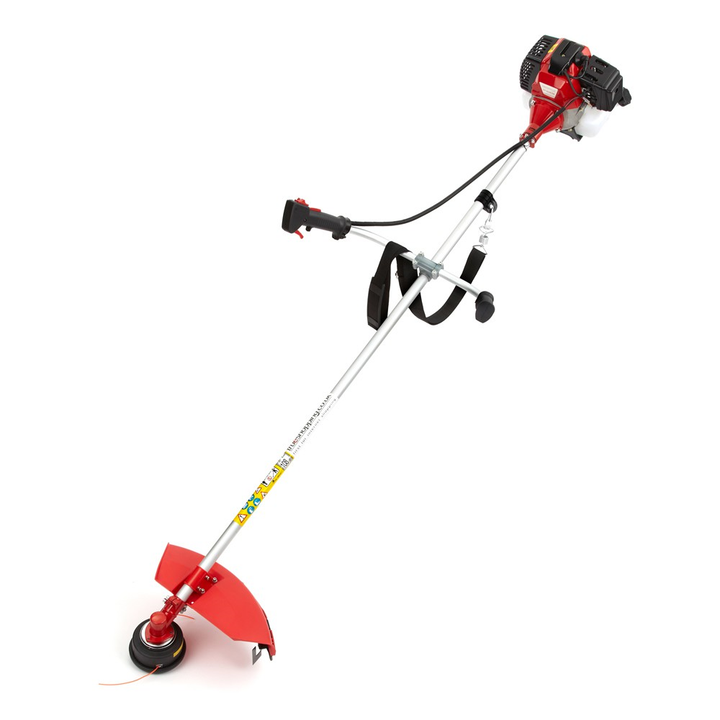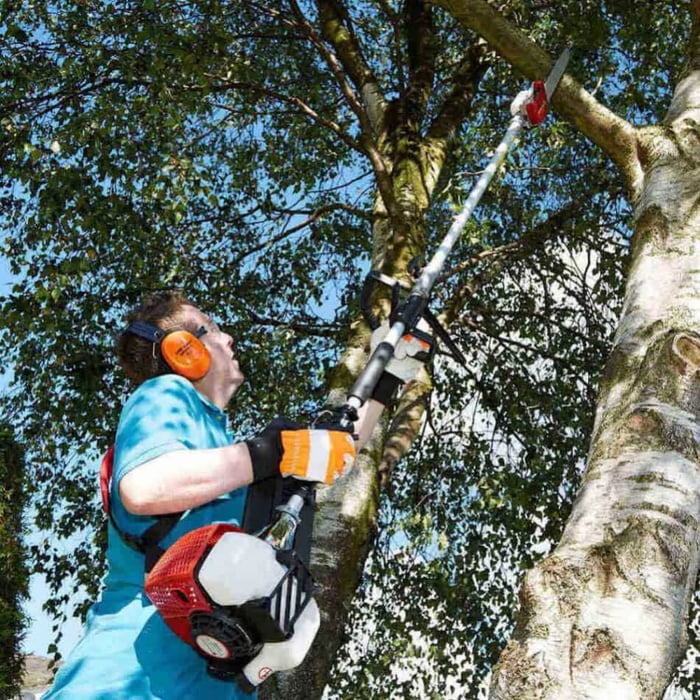No matter neat you keep your garden, there can still be stubborn and unwanted plants that keep getting in the way.
So to help out, not only do we sell all the gardening tools you need to deal with weeds - we've also researched and listed the 5 most destructive ones in this post.
These plants are not only capable of destroying gardens and outdoor buildings. They're also difficult to control if preventative measures aren't taken.
These destructive plants can grow so fast and become so difficult that it's even illegal to plant most of them in the UK!
1. Japanese Knotweed
This kind of plant doesn't produce seeds, but that isn't necessarily a good thing! Its roots are strong and can grow extensively. Pulling the roots out is probably the most eco-friendly way of getting rid of this plant.
However, if a tiny bit of root - or rhizome - is left underground, then it can still grow into a totally new plant.
It's not impossible to kill this plant, but it's extremely difficult. You can apply chemical sprays, such as Glyphosate, on its leaves until it destroys the entire plant. But it may take a few years to fully get rid of this invasive weed.
£63.00
More about the Petrol Grass Trimmer/Brushcutter (43cc)... This Trueshopping petrol strimmer features a 43cc engine - perfect for DIY gardeners and professional landscapers alike. Includes: 43cc Petrol Brush Cutter Base Unit, trimmer shaft, nylon cutter head, heavy-duty three-pronged metal cutting blade,… read morePetrol Grass Trimmer/Brushcutter (43cc)

£94.00
The Japanese Knotweed can grow for up to 10cm a day. They are even known to potentially undermine structures. And there have been cases where buyers suddenly pull out the house sales after finding this plant around their prospective property.
For this reason, it's a violation of the 981 Wildlife and Countryside Act to grow this plant. If you happen to have them in your garden and you're not doing anything to control them, you can be issued a community protection notice.

2. Giant hogweed
Though it's not one of the plants that can kill your pets, once they come in contact with a giant hogweed's sap under direct sunlight, it can immediately cause intense burns or blistering. And if you get it in your eyes, you may become temporarily or permanently blind.
Giant hogweeds can reach over 3m in height. And although landowners are not legally obligated to eliminate this plant in the UK, unlike the Japanese knotweed, it is prohibited to be responsible for the growth of this destructive weed. Once caught, local authorities will work to remove them in public areas.
When trying to pull out giant hogweeds, make sure to always wear gloves, clothes that cover your whole body, and a face mask to be safe.
£127.98
More about the Petrol Long-Reach Hedge Trimmer (52cc)... A 52cc Petrol Engine, with 3.0 horsepower, and hardened steel long reach cutting blade makes this hedge trimmer a real power-house of garden maintenance. Trim those hedges into shape in no time and,… read morePetrol Long-Reach Hedge Trimmer (52cc)

3. Himalayan balsam
Despite having pretty pink flowers that can be a great addition to your garden, Himalayan balsam is actually considered destructive! This plant can be tough to control once it starts to grow and can reach well over head height.
Himalayan balsam can grow rapidly, and it produces up to a whopping 800 seeds every year. Each can last up to two years. This plant can also survive in shady areas as it doesn't require too much sunlight.
Although it can be controlled using chemical sprays, you can simply dig it out prior to it setting seed to be more environmental-friendly.

4. Rhododenron ponticum
Just like Himalayan balsam, this plant also boasts a display of big, purple flowers. Pretty as they may seem, these flowers can spread like wildfire. Eventually causing huge damage to other plants and structures.
Rhododenron ponticum produces large bushes that come with thick vegetation. Once it spreads out, this plant blocks out the sunlight, prompting other wild plants and trees to stop growing or regenerating. Its leaves are also poisonous to animals and can harm wildlife from earthworms to birds.
Every plant of this kind can produce more than one million seeds each year, which can spread in the wind. The most effective control method so far is by injecting its stems with a herbicide. This way, the plant can die within six months. This makes it easier to control its growth.

5. New Zealand pigmyweed
Yep pigmyweed - trust the Kiwis to call a spade a spade!
Unlike most destructive plants on this list, this plant grows primarily in water. But it can also develop in soil with heavy water content. For instance, those that are close to the surface of lakes or streams.
Because of the dense matting that the New Zealand pigmyweed creates on the surface of ponds, it can limit the oxygen available to fish and frogs. As a result, it makes garden ponds uninhabitable.
Now you know what you're up against - get the strimmer out and get to work! Just click here to shop our range of garden tools.













